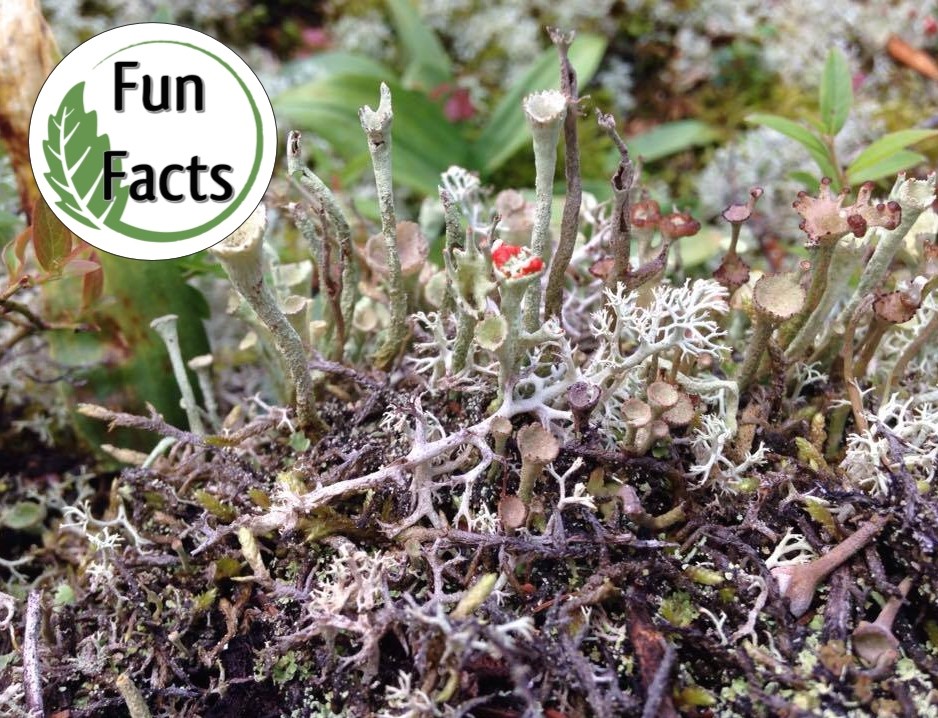Photo by Shawn Eckert
While walking outdoors you may notice fuzzy or crusty growths covering the trees and rocks and you may assume that this is moss! However, this is not always the case! These growths could be moss or lichen, and there is quite a big difference between the two! Here, we will detail the differences between mosses and lichens so you can become a moss master and a lichen lover and impress all your friends on your next nature walk.
Mosses
Sphagnum Moss, Photo by Public Domain, CC BY-SA 3.0
Mosses are small, flowerless plants that typically grow in damp, shady areas. They are non-vascular plants, meaning they lack the xylem and phloem tissues that are used to transport water through the plant. Since they lack these tissues, the mosses cannot grow very big and you typically will not see moss taller than 1 cm.
The life cycle of moss is very unique. It is broken up into two stages, the sporophyte stage and the gametophyte stage.
Common Haircap Moss, Photo by Katarzyna Kawka, CC BY-SA 4.0
- The cycle starts in the sporophyte stage where moss produces small reproductive cells called spores that are spread by wind
- Then they enter the gametophyte stage: the spores grow into male and female structures called gametophytes that are used for sexual reproduction
- The male gametophyte produces sperm and the female gametophyte produces an egg
- The sperm swims through water to find the egg and once it does, they combine to make a zygote, or the start of a new moss plant
- The new moss plant develops into a sporophyte and the cycle starts all over again!
Mosses can also reproduce asexually, where the parent creates a genetically identical clone of itself!
Lichens
Shrubby Reindeer Lichen, Photo by Jason Hollinger, CC BY 2.0
Lichens are a combination of two different organisms working together with one another - they are a symbiotic relationship between algae and fungus!
A symbiotic relationship means that the species mutually benefit each other. The algae make energy through photosynthesis and the fungus provides protection and a habitat for the algae. Without the protection of fungus, the algae would die. Without the energy produced by algae the fungus would die as well! Lichens are found growing on rocks and trees and typically reproduce asexually.
Photo by Shawn Eckert





